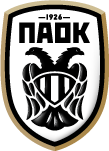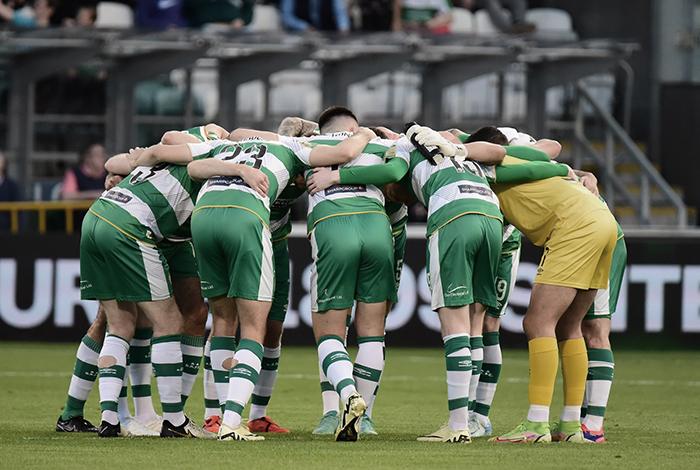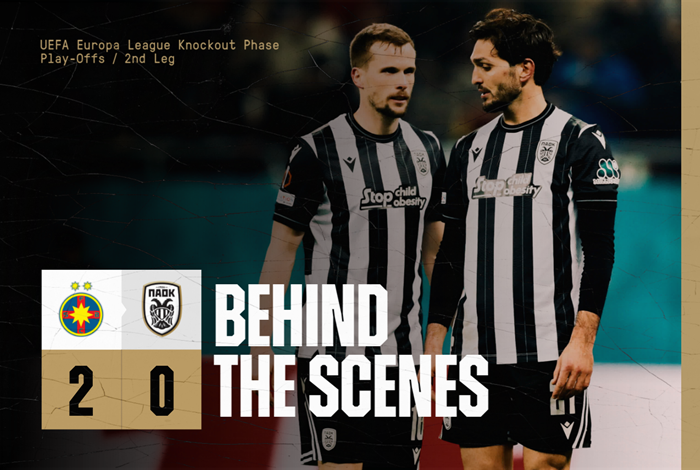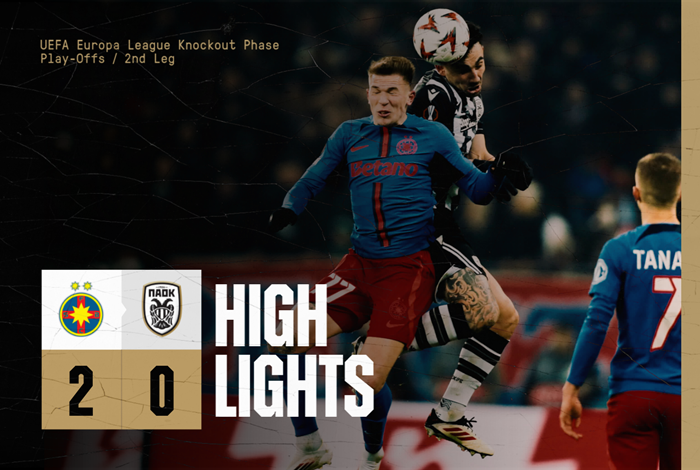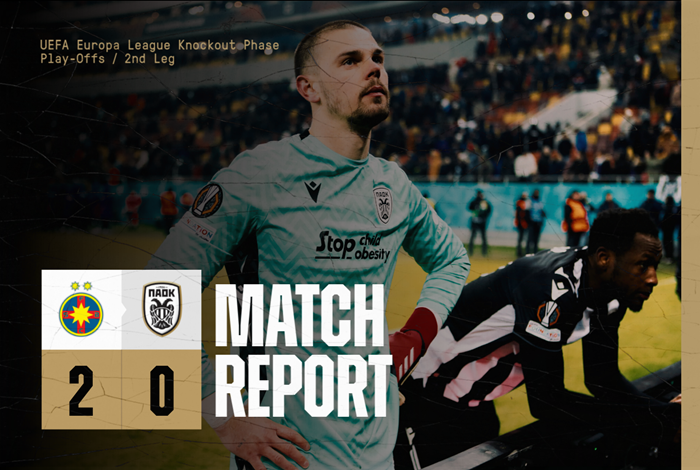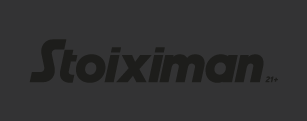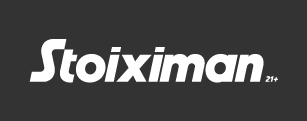Shamrock Rovers: Ireland’s most successful club
PAOK faces the most successful club in the Republic of Ireland in the Europa League Play Offs. Shamrock Rovers (Irish: Cumann Peile Ruagairí na Seamróige) have 21 league titles and 25 Irish Cups to their credit, being the first Irish team to compete in Europe (1957) and the first to qualify for the UEFA Europa League group stage (2011).
The Hoops, as they are nicknamed, knocked out Vikingur in the 1st qualifying round of the Champions League, while they were knocked out by Sparta Prague in the 2nd qualifying round of Europe’s top club competition. The Irish then overcame the Celje, despite being defeated 1-0 away from home, since they achieved a 3-1 extra-time victory at home and so progressed to the Europa League Play Offs. The team is based in Tallaght, South Dublin.
- Shamrock Rovers were founded in the Dublin neighborhood of Ringstead in 1899 or 1901 according to other sources. The club’s name comes from Shamrock Avenue in Ringsted. They won the league at the club’s first attempt during the 1922–23 season and became the most successful club in Ireland until 1949, with 44 trophies. During the 1950s the team won three league titles and two Irish Cups, becoming the first Irish team to compete in European competition, competing in the Champions Cup in 1957.
- The team played at Glenmalure Park from 1926 until 1987, when the owners suddenly sold the ground to an estate agency. Shamrock Rovers spent the next 22 years playing at various grounds in the Dublin area and less frequently in Ireland. They moved to Tallaght Stadium before the start of the 2009 season after years of postponements and legal wrangling, during which the club’s supporters saved it from disbanding due to financial problems.
- Samrock Rovers have consistently fed the Irish national team with players, with a total of 64, more than any other club, having represented Ireland that were on their books.
- The club’s emblem combines a soccer ball and a shamrock. In 2005 a star was added above the badge for the first ten League of Ireland titles won by the club. Black became the team’s third official color in recognition of the loss of Glenmalure Park. They play in green and white striped jerseys.
- Their main rivals are Bohemians.
- 2009 was a pivotal year for the team. It started with the completion of the new stadium and ended with second place and qualification to the Europa League.
- In 2023, Shamrock Rovers won the league title again, equaling the club’s record of four in a row in the 1980s. However, the team’s European performance was disappointing, losing to Iceland’s Breidaplík in the Champions League qualifiers and the Hungarian champion Ferencvaros in the Europa League.
- Their most fanatical fans are the SRFC Ultras, with links to other European clubs including Roma, Hammarby and Panathinaikos.
- Shamrock has again found PAOK in their path in the group stage of the Europa League in 2011, when they were defeated twice (1-2, 1-3) by PAOK.
- Shamrock Rovers have a long history in Europe. In the 1957–58 season they were the first League of Ireland team to enter European competition. On 25 August 2011, they became the first Irish team to qualify for the UEFA Europa League group stage when they defeated Partizan Belgrade 2–1 after extra time in Serbia (3–2 aggregate win).
